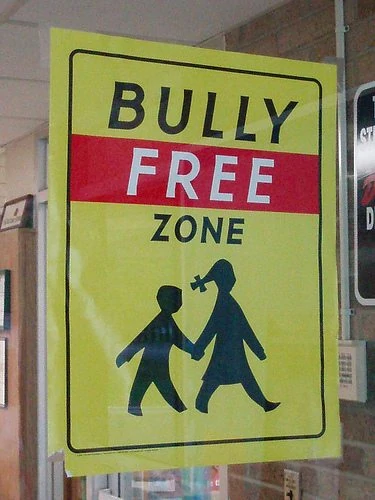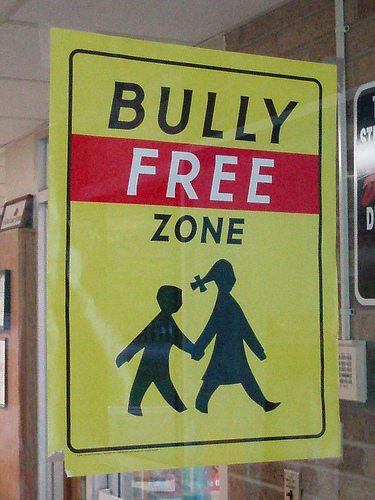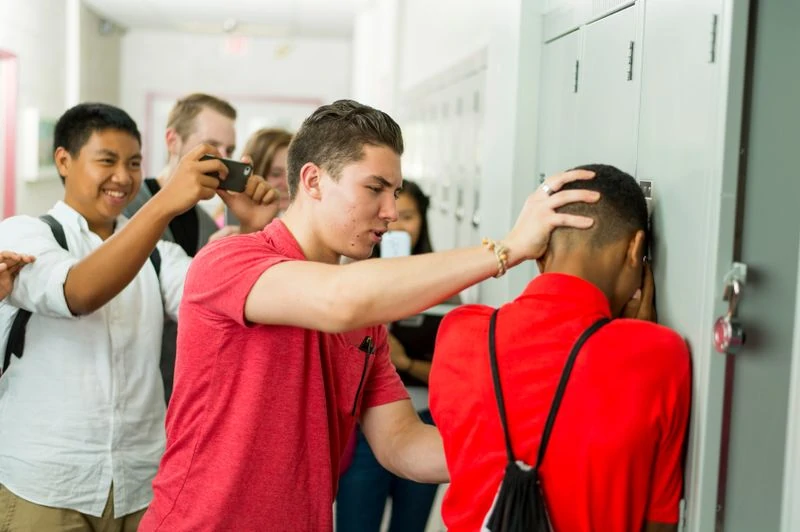When principals, teachers and parents are asked about their greatest concerns for children, the need for emotional and physical safety tops the list. All parents want their child to be liked and treated well by others. Concerns about safety and overall school environment are the top reason parents give for choosing to take their kids out of school: 85.4% of parents cite it as a factor, and 31.2% cite it as the most important factor, according to the most recent data from the National Center for Education Statistics.
The recent reports of young people killing themselves after being the targets of severe bullying have amplified concerns even more. And we’re grateful to see so many mobilizing in the wake of these tragedies to prevent more from happening in the future.
Most prevention programs offer strategies for reducing bullying with varying degrees of success. Though rules and consequences matter, they aren’t enough, and neither are simple “education” and “awareness.” A character education program that relies on lectures and cognitive ideas is not going to have a strong effect on students who are feeling aggressive or lonely, or who are agitated because they’re under stress or not exercising and eating well.
Human behavior is complex. A program that effectively addresses bullying must look at all the factors that lead to the behavior. A systemic approach will be much more effective in treating the underlying causes.
Programs teaching mindfulness practices and loving kindness may be one such measure. Yes, contrary to popular belief, compassion and kindness can be taught. We think here of a wonderful study that came out of the University of Wisconsin – Madison a couple years ago. Researchers found that cultivating compassion and kindness through meditation actually affects brain regions that can make a person more empathetic to other peoples’ mental states.
Empathy, of course, is the antithesis of bullying.
When we lead Yoga Calm classes for children, we start with activities that develop the principles of Stillness and Listening, teaching the kids how to calm their bodies and listen to themselves – heart, mind and body. By becoming more become aware of their needs, students learn that they are “meaner” on days when they haven’t had enough sleep and have more arguments with their friends when they’re not exercising and caring for themselves. With awareness of their own needs and guidance in making healthy choices, children learn the practice of self care.
Social awareness and skill development build on those lessons. By understanding what affects our emotions and actions, we gain insight into others’ emotions and actions. By practicing communication, leadership and other social skills, along with how to solve problems – Yoga Calm’s Community principle – we create an environment where the potential for bullying is reduced.
Schools can become more aware of themselves, too.
Dorothy Espelage, PhD, and colleagues at K12 Associates in Madison, Wisconsin, is currently studying 20,000 public school students – along with teachers, parents and administrators – on factors such as the prevalence and incidence of bullying and teasing, where bullying happens, school climate and respect for diversity. After survey data are entered and analyzed, reports are given to individual schools so that they can design prevention and intervention programs based on their own data. According to Dr. Espelage, the most effective strategies to stop bullying involve “the entire school as a community to change the climate of the school and the norms of behavior.”
This community strategy is exactly what Yoga Calm intends to create. As students practice mindfulness, empathy and compassion, the school climate is improved, bullying behavior is reduced and children have the strategies to handle the behavior when they encounter it.
Image by Eddie~S/Flickr






